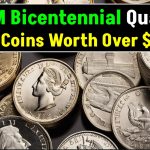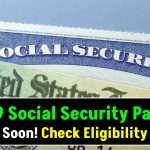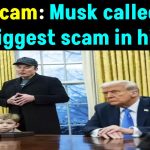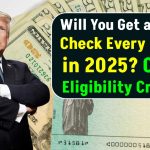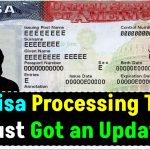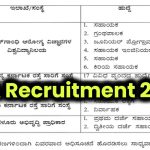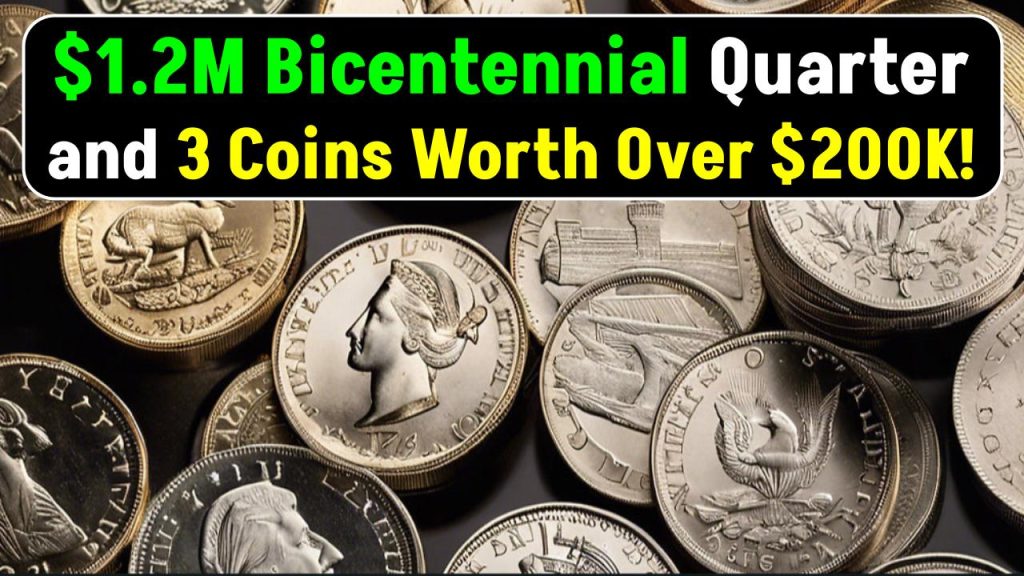
Introduction
Did you know that some seemingly ordinary coins could be worth a fortune? The 1976 Bicentennial Quarter, for instance, has a rare variant valued at $1.2 million. Additionally, three other coins have fetched over $200,000 at auctions. If you’re a collector or just curious about the change in your pocket, this guide will show you how to identify these rare coins and determine their value.
$1.2M Bicentennial Quarter
| Coin | Estimated Value | Key Features |
|---|---|---|
| 1976 Bicentennial Quarter | $1.2 Million | Errors such as silver planchet strikes or doubling |
| 1943-D Lincoln Bronze Wheat Penny | $2.3 Million | Mistakenly struck on a bronze planchet instead of steel |
| 1955 Doubled Die Lincoln Penny | $200,000+ | Distinct doubling on the date and inscriptions |
| 1909-S VDB Lincoln Penny | $200,000+ | Low mintage and designer’s initials “VDB” on the reverse |
Rare coins can be hidden in your pocket change and knowing what to look for is crucial. The $1.2M Bicentennial Quarter and other valuable coins like the 1943-D Bronze Penny or 1955 Doubled Die Penny are worth hunting for. By checking for errors, mint marks, and historical context, you might just uncover a hidden fortune.
Also Check: $3,089 Social Security Payment Coming Soon for Senior Couples – Check Eligibility Criteria!
The $1.2 Million Bicentennial Quarter
The 1976 Bicentennial Quarter was issued to celebrate the 200th anniversary of American independence. While most of these coins are common, some rare errors have skyrocketed their value.
How to Spot a Valuable Bicentennial Quarter
- Design Features: The quarter features a dual date “1776–1976” on the front and a Colonial drummer on the reverse.
- Mint Marks: Look for San Francisco-minted coins (“S”), especially proof or silver versions.
- Errors & Varieties: Some quarters were mistakenly struck on silver planchets, while others have doubling errors. These variants have sold for over $1 million at auctions.
Pro Tip: If you suspect you have one of these valuable quarters, consult a professional grading service like NGC or PCGS for authentication.
$1.2M Bicentennial Quarter: The 1943-D Lincoln Bronze Wheat Penny ($2.3 Million)
In 1943, due to wartime metal shortages, the U.S. Mint switched from copper to steel for pennies. However, a few were accidentally struck in bronze, making them one of the rarest and most valuable coins in existence.
How to Identify a 1943-D Bronze Penny
- Date & Mint Mark: Check for the “1943-D” inscription, indicating it was minted in Denver.
- Material Test: Steel pennies stick to a magnet, but a bronze penny does not.
- Weight: A bronze penny weighs 3.11 grams, while a steel penny is 2.7 grams.
One of these pennies sold for $2.3 million, making it one of the most valuable coins in U.S. history.
Expert Tip: Always weigh your coin if you suspect it might be a rare bronze version.
Also Check: 2025 Internship Opportunities in UK National Capabilities for Global Issues: Check Eligibility Criteria!
$1.2M Bicentennial Quarter: The 1955 Doubled Die Lincoln Penny ($200,000+)
This coin is famous for its doubled die obverse, which makes the date and inscriptions appear blurry or doubled.
How to Spot a 1955 Doubled Die Penny
- Obvious Doubling: The most noticeable feature is the clear doubling of the date “1955” and the words “LIBERTY” and “IN GOD WE TRUST.”
- No Mint Mark: These coins were only minted in Philadelphia (no mint mark).
- Value Based on Condition: Coins in near-mint condition can fetch over $200,000.
Fun Fact: This error was caused by a misalignment during the minting process, making it one of the most popular error coins.
$1.2M Bicentennial Quarter: The 1909-S VDB Lincoln Penny ($200,000+)
This coin is sought after due to its low mintage and the initials of its designer, Victor David Brenner (VDB).
How to Identify a 1909-S VDB Penny
- Mint Mark: The “S” mint mark below the date signifies it was minted in San Francisco.
- VDB Initials: Look for “VDB” on the reverse side at the bottom.
- Low Mintage: Only 484,000 were made, making it extremely rare.
Collectors prize this coin, and pristine versions have sold for over $200,000 at auctions.
$1.2M Bicentennial Quarter: Tips for Identifying Valuable Coins
Look for Minting Errors
Coins with double strikes, off-center prints, or wrong planchet types tend to be more valuable.
Check Mint Marks & Low Mintage Coins
- Coins with rare mint marks (e.g., “S” for San Francisco) can be worth more.
- Low-production coins are generally more valuable.
Examine Coin Condition
- Uncirculated or mint condition coins fetch the highest prices.
- Coins with fewer scratches and better details are worth more.
Get Coins Authenticated
- NGC (Numismatic Guaranty Company) and PCGS (Professional Coin Grading Service) can professionally grade and certify coins.
- Authentication adds credibility and increases resale value.
$1.2M Bicentennial Quarter (FAQs)
How do I check if my quarter is silver?
Look at the edge of the coin. If there is a solid silver stripe without a copper layer, it could be silver.
Are all 1976 Bicentennial Quarters valuable?
No. Only error versions or those struck on silver planchets are worth significant money.
How can I sell my rare coin?
You can sell your coin through auction houses, coin dealers, or online marketplaces like eBay or Heritage Auctions.
What is the best way to store valuable coins?
Use airtight holders and store them in a cool, dry place to prevent tarnishing and damage.
